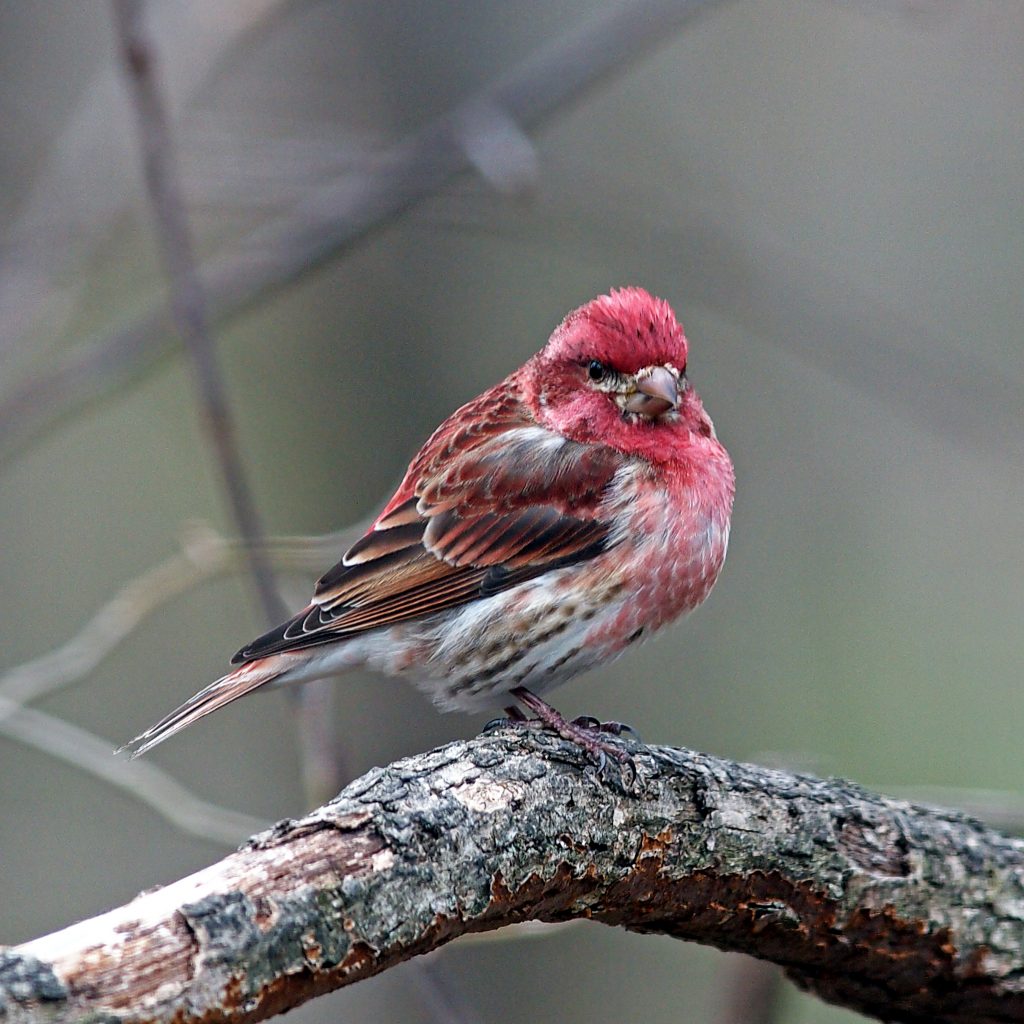

You can find American Goldfinch in weedy fields and overgrown areas foraging for sunflower, thistle, and aster plants. However, those that breed in Canada and the Midwest migrate to the southern US States for winter. The males have bright yellow and black coloring in spring. The females are duller brown, as are males in winter.Īmerican Goldfinches can be found in most of North America and are usually resident all year. They are recorded in 22% of summer checklists and 28% of winter checklists for the state.Īmerican Goldfinches are popular birds. American GoldfinchĪmerican Goldfinches are spotted during winter in southern Georgia and some stay all year in the north of the state. When they were released into the wild, they flourished and spread to the eastern United States. There can be two to six eggs at a time that take as much as two weeks to hatch.Īttract House Finches to backyard feeders with black oil sunflower seeds, millet, and milo or nyjer seeds in tube feeders or platform feeders.įun Fact: House Finches were brought to Long Island as caged birds. The female builds them using grass, leaves, twigs, and feathers. Accessible at Nests of House Finches are commonly found in thickets, bushes, natural, hollow cavities, or even in buildings. Accessible at House Finch Call: Credit: Manuel Grosselet, XC612573. House Finch Song: Credit: Manuel Grosselet, XC653352. You can find House Finches in parks, farms, forest edges, and backyard feeders in noisy groups that are hard to miss. Originally only in western US states, House Finches were introduced to eastern US states and have done very well, even pushing out the Purple Finch. House Finch males have a red head and breast, and the rest of their bodies are mainly brown-streaked.

They do not migrate and appear in 30% of summer and winter checklists submitted by bird watchers for the state. House Finches are residents of Georgia all year.

The birds in this list are ordered by how frequently they are spotted, from most frequent to least frequent, according to bird watchers’ checklists submitted to ebird. This guide will help you identify the types of finches spotted in Georgia according to avibase.
Show me a purple finch free#
You can also use these free bird ID charts for Georgia to help identify many of the birds that visit your backyard. If you want to attract Finches to your backyard, provide them with tube feeders filled with sunflower seeds, a water source that does not freeze, and a place for them to nest. Some are now on Red Lists, but you can help by keeping cats indoors, not using pesticides, and providing natural habitats. Maybe that’s also why many finches are caged birds because of their musical voice and their bright colors.įinches are sadly in decline due to habitat loss, window collisions, pesticide use, and cats. Nests of finches are simple constructions in trees and shrubs, made from twigs and other woven material and lined with softer material.Ī group of Finches is called a “charm”. They don’t necessarily all have a melodious song, but some certainly do, so check them out for yourself.
Show me a purple finch crack#
However, insects are usually fed to their young because they still can’t crack seeds open on their own.įinches are highly sociable birds that can often be heard before they are seen as they chatter away in their groups. The finch family also includes redpolls, siskins and some grosbeaks.įinches love to eat seeds, and they have strong bills that are perfect for cracking them open. They are called ‘True Finches’ as birds from other families may also be called finches, but they are not officially finches. There are 240 species of True Finches belonging to the Fringillidae family found worldwide, except for the polar regions. Females are less colorful than males and blend into their surroundings, and are more green and brown in color. They have round, compact bodies, notched tails, and relatively pointed wings.ĭespite their size, they’re often easy to spot because of their bright yellow and red colors, mostly in males. This guide will help you identify them with photos, song recordings, and when and where to spot them.įinches in Georgia all year: House Finch, Red Crossbillįinches in Georgia in winter: American Goldfinch, Pine Siskins, Purple FinchĪccidental finches in Georgia: Evening Grosbeak, White-winged Crossbill, Common Redpollįinches are small to medium-sized songbirds with conical bills suitable for breaking seeds and nuts. Of the eight species of finches in Georgia five species are recognized as regularly occurring and there are an additional three accidental species.


 0 kommentar(er)
0 kommentar(er)
